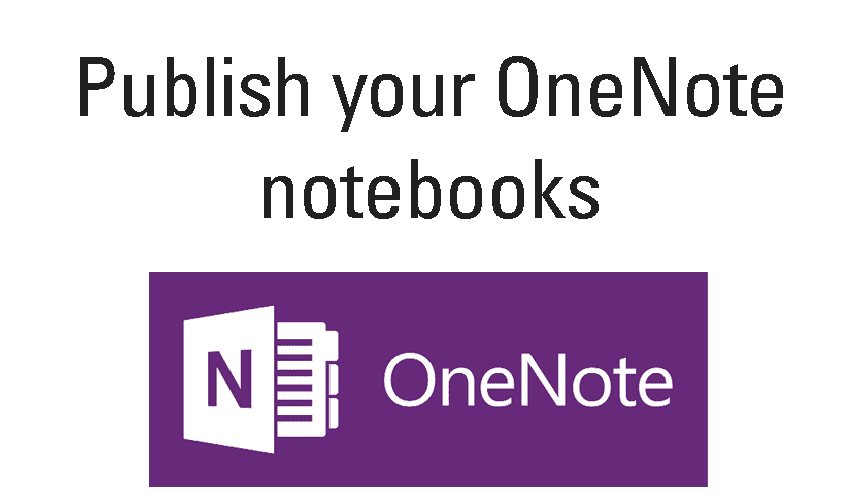[vc_row][vc_column][vc_column_text]
 Four Green Tech Predictions for 2017
Four Green Tech Predictions for 2017
Written by Rob Bernard as seen on blogs.microsoft.com
The end of the calendar year is a traditional time of reflection, of the ups and downs of the past year, and to think about what to expect in 2017. As Microsoft’s chief environmental strategist, I am encouraged by the progress made on some environmental issues in the past year, but there is still much work to be done. Despite the increasing urgency around many environmental issues, I remain optimistic about the future.
Perhaps the most notable breakthrough this past year was that the Paris Agreement on climate change entered into force. Cities, countries and companies around the world are now focusing their efforts on how to set and execute their plans to reduce carbon emissions. We also saw growth in corporate procurement of renewable energy in 2016, both in the U.S. and around the globe, another encouraging sign. At Microsoft, we put forth our own goal to source 50% of our datacenter electricity from wind, solar and hydropower. At the end of this year, we’re happy to report that we are on pace to not only meet our goal, but also are creating new financial and technology models that can further accelerate the pace of the adoption of renewable energy.
As we look towards 2017, I expect that we will see both continued progress on energy and an increasing focus on non-energy areas. As we at Microsoft think about 2017, I think we expect to see some shifts in approaches and investments happening across the world.
1. IoT and Cloud Computing will begin to transform utility energy management:
Aging infrastructure is already under pressure and the addition of more renewable energy will only compound the stress on existing infrastructure. As more clean energy comes online, along with distributed resources like electric vehicles and rooftop solar, utilities are facing a big challenge – how to manage a more complex network of energy creating and energy storing devices. 2017 will see an increased investment by utilities in technology to leverage data, through IoT solutions and cloud computing, to make energy management more predictable, flexible and efficient.
In developing nations, we are seeing a different trend, but one that is also accelerated by IoT and cloud computing. In these markets, data is being used to accelerate distribution, sales and management of micro-solar grids to enable households to get both power and connectivity to the internet. 2017 should be an exciting year with even more growth as capital investments in these markets increase and solar and battery storage prices decline.
2. Water will begin to emerge as the next critical world-scale environmental challenge
Water scarcity is increasing in many areas around the world. Our oceans are under threat from pollution, acidification and warming temperatures. We are already seeing the devastating effects on iconic landmarks like the Great Barrier Reef. And these trends are putting peoples’ food, water, and livelihoods at risk. In 2017, awareness on this challenge will increase. We will begin to better understand what is happening to our water through the use of sensors and cloud computing. Our ability to leverage technologies like advanced mapping technologies and sensors will increase and expand our understanding of what is driving the decline of many of our critical water systems.
3. Data will increasingly be used to try to better understand our planet
Data is essential for monitoring and managing the earth’s resources and fragile ecosystems. There is much we do not understand about the planet, but we see an increasing number of companies and investments flowing toward developing tools and platforms that enable better mapping and understanding of earth’s carbon storage and air borne gasses, and ecosystems and the associated value they provide. We expect to see data being applied more proactively to create a more actionable understanding of how we can better manage food, water, biodiversity and climate change.
4. Organizations and policy makers will start leveraging cloud-based technologies
This area is perhaps the most difficult to try to predict. While countries will begin implementing their action plans under the Paris Agreement, it is not easy to predict the methods each country will use and prioritize to make progress against commitments under the Paris Agreement. And the changes will happen not just at the national level. Increasingly we will see cities and local governments moving ahead with technology implementation to drive efficiencies and accountability, along with policy changes as well. We’re already leveraging machine learning and artificial intelligence to better model and understand the potential impact of legislative changes, in addition to offering our technologies to our public sector partners as they work towards their plans. While this will likely take several years to take hold, 2017 should see an increased awareness for the role of technology in environmental policy
While there are many challenges ahead across so many areas of sustainability, I remain optimistic. The number of people and organizations that are focusing on these and many other areas of sustainability ensure that we will continue to make progress in 2017. At Microsoft, we are committed to working with our customers and partners to help them achieve more through the use of our technologies. Everyone – companies, countries, individuals – have much work to do. We believe that by working together, we can help develop effective solutions to address environmental challenges that will benefit our business, our customers and the planet. And we are up to the challenge.
[/vc_column_text][/vc_column][/vc_row]
Continued Reading

February 2, 2017
Skype’s year of inspiration, celebration, translation and innovation
Skype’s year of inspiration, celebration, translation and innovation As written […]
LEARN MOREOffice365
Productivity Tools

February 3, 2017
Publish your OneNote Notebooks
Publish your OneNote Notebooks with Office365 and this helpful Sway! […]
LEARN MOREOffice365




